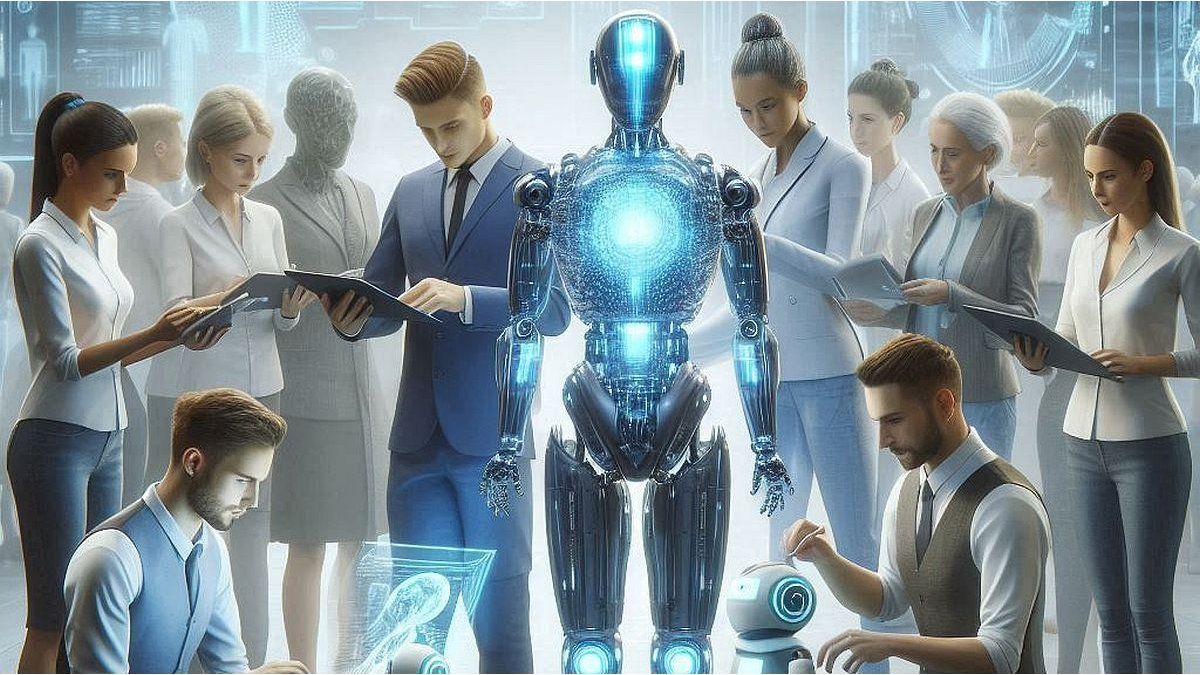We have to start thinking, if we don’t already do so, about the relationship between humanity and technology. We must understand that we are facing the greatest disruption in human history: the artificial intelligence.
AI was not born today. AI began to be talked about in 1956 where technology was sought for human growth, therefore, we must see AI as an extension arm and a complement to human capacity, not as a competition or enemy.
Those of us who accept technology see it as a tool that allows us to create unique content, interact with different devices anywhere in the world, new knowledge that the human mind cannot reach.
Those who do not see technology as an ally and see it as an enemythey do not realize that technology unites people wherever they are and that there is a risk that humans will be replaced by machines, not to mention that the idea of technology, created by humans themselves, is to amplify human capacity, to improve the ability of people to make decisions, which enriches them.
This new era, which I call “the fourth industrial revolution”, others call it the technological era and has to do with technological advance as a platform for industry, productivity and employment to ensure endless talent and a new way or way of seeing work in our times.
A new form is the work day. This as we know it no longer exists, in fact, the Argentine working day law number 11,544 is from 1929. We must rethink the working day, devising reduced models with limited and flexible hours to allow more people to occupy their time, which is limited today. Take advantage of technology to do jobs that do not require physical presence in a specific place. In fact, in our country, 60% of the employed workforce is in perfect condition, the problem is social and cultural.
The use of AI can and does simplify tasks, making them faster and more efficient. From here comes the motivation for constant training in the trade, in the art, in the profession so that we are not the ones who distance ourselves from technology.
We are witnessing how technology and surely, robotics becomes more accessible to humans. Humanity, as always, is experiencing new changes for the benefit of efficiency and reduction of workload.
While AI is integrated into human working life, there are many tasks that are seen and transformed and adapted, where, at some inflection point, an integration between human beings and technology will increasingly be seen.
Let’s look at some examples of the scope of AI in various work sectors:
- Data analysis. They are analyzed faster and more efficiently, identifying patterns and trends.
- Customer service. Virtual assistance freeing employees from solving more complex issues.
- Medical diagnoses. You analyze images where humans do not arrive to save lives
- Logistics. Route planning, speed monitoring and performance
- Research and development. Quickly analyze amounts of data and generate new hypotheses.
- Content production. Social networks, blogs, information.
- Fraud detection. AI can identify anomalous and suspicious behavior patterns to protect consumers
And hundreds of tasks are just a few of the many areas where AI has the potential to change the way we work and live.
History has shown that, with each technological revolution, new roles and professionals emerge in response to market changes.
The true core of the solution lies in the training and training of the human mind, in providing people with the skills and competencies that the new era demands.
AI transformed the world of work as we knew it, and although the speed of these changes can be overwhelming, it provides opportunities for those who intend to learn and adapt to a new era.
Source: Ambito
I am an author and journalist who has worked in the entertainment industry for over a decade. I currently work as a news editor at a major news website, and my focus is on covering the latest trends in entertainment. I also write occasional pieces for other outlets, and have authored two books about the entertainment industry.




